A little story about the kiwi
The kiwi plant originally comes from China and is therefore also called "Chinese gooseberry". The name kiwi comes from the fact that their fruits are mostly imported from New Zealand and the heraldic animal of New Zealand is the kiwi bird.
In Asia, kiwis have been cultivated for over a thousand years. Their long shoots are used to make paper. Kiwis can also be grown here, but they need a warm, rainy summer with a mild winter.

The symbol of New Zealand, the kiwi. It has been known to us for over 30 years and has been one of the most popular exotic fruits ever since. It is rich in vitamins and has few calories.
The different types of kiwi
Actinidia deliciosa: This species is the most widespread, we know it as the large hairy kiwi.
Actinidia chinensis: It is very low in acid, has a smooth skin and yellow flesh.
Actinidia arguta: These are the kiwi berries or also called mini kiwis. These also have yellow flesh.
Kiwi varieties for the balcony
There are many varieties that you can keep in a bucket and thus also stand on your balcony. The varieties "Jenny" (small fruits), "Issai" (smooth skin) and "Solo" (large fruits) are self-fertile, which means they have male and female flowers on one tree. If you want to plant mini kiwis, then the female variety "Weiki" and the male variety "Milano" are perfect.
The right location for your kiwi tree
Kiwis grow best in a sheltered spot. It should be warm and not in full sun. If you want your kiwi to stand on the balcony, then the southwest or south is best.
A balcony that is mostly shaded is not suitable. The kiwi develops long shoots. Therefore, choose a location where it can rank well.
Tip: Get a stable trellis so your kiwi can be adequately supported.

Kiwi plant care: It's that easy!
Of course, there are a few things to consider when caring for a kiwi. With our tips you will definitely succeed without any problems.
You need this soil for your kiwi
The kiwi is not very demanding here. Well-aerated, humus-rich garden soil is very good for you. However, what kiwis do not like at all is lime, so the pH value should always be below 6.
Watering your kiwi
When caring for kiwis, watering should of course not be missed, because they need a lot of water. Kiwis also need copious watering during fruiting. If they don't get enough water, the fruit will fall off early.
You should consider this when fertilizing
You only have to fertilize your kiwi tree from the second year after planting. Fertilize carefully at first, from the fifth year you can slowly increase the amount.
Does the kiwi have to be cut?
After your kiwi tree has turned three years old, it's time for a pruning. Twice a year is ideal. In February or March you remove dead branches.
In July or August, remove the shoots above the walnut-sized fruits so that six to eight leaves remain. You should always do heavy pruning in late summer, as the kiwi tree "bleeds" a lot in spring.
Transplanting your kiwi
The best time to transplant is before sprouting. It is usually best between the end of February and the beginning of April. The kiwi has shallow roots and is very wide.
Planting in a pot is therefore not ideal, but it can still be done. If you want to keep your kiwi on the balcony, a large pot would be more suitable.
Kiwi care: Overwintering the kiwi tree
It is ideal if you bring the kiwi tree indoors over the winter. Put them there in a light and cool place. Water the kiwi moderately and do not fertilize during the winter.
But don't let them dry out. Only put your kiwi outside again when there are no more frost periods.
If you have no way to get your plant in, make sure it is in a sheltered place on the balcony. Place them as close to the wall of the house as possible. Wrap the bucket in fleece and place styrofoam under it.

Propagating your kiwi is so easy
Kiwis are propagated by cuttings. To do this, cut off approx. 15cm long, pencil-thick shoots in early summer. These should already be lignified and have three or four easily recognizable eyes.
Remove all leaves except for a few at the tip of the shoot. Stick the shoot into a pot of potting soil.
Put your cuttings in a shady and wind-protected place and cover the surface with some mulch or straw. Once the cuttings have rooted through the pot, you can plant your kiwi trees in their rightful place.
Tip: Don't buy kiwi seeds, they only bloom after more than 10 years.
Kiwi fruit : Can your kiwi tree also bear fruit?
The kiwi tree can only bear fruit if you have at least one female and one male plant. Recently there is also a new breed that has male and female flowers.
How you recognize male and female plants is very simple: the flowers of the female kiwi are white, the flowers of the male are yellowish. The flowering time of the kiwi is in June. If your kiwi has no flowers when you buy it, then ask at the plant center .
What to do if things aren't going quite well with your kiwi?
The kiwi is very resistant to pests. You can only do a few things wrong when it comes to kiwi care. If you don't water your kiwi enough, the fruit will fall off prematurely or the leaves will turn brown and dry up.
If your leaves are turning yellow, this can be linked to a too high pH level. Make sure you use soil with a pH below 6.
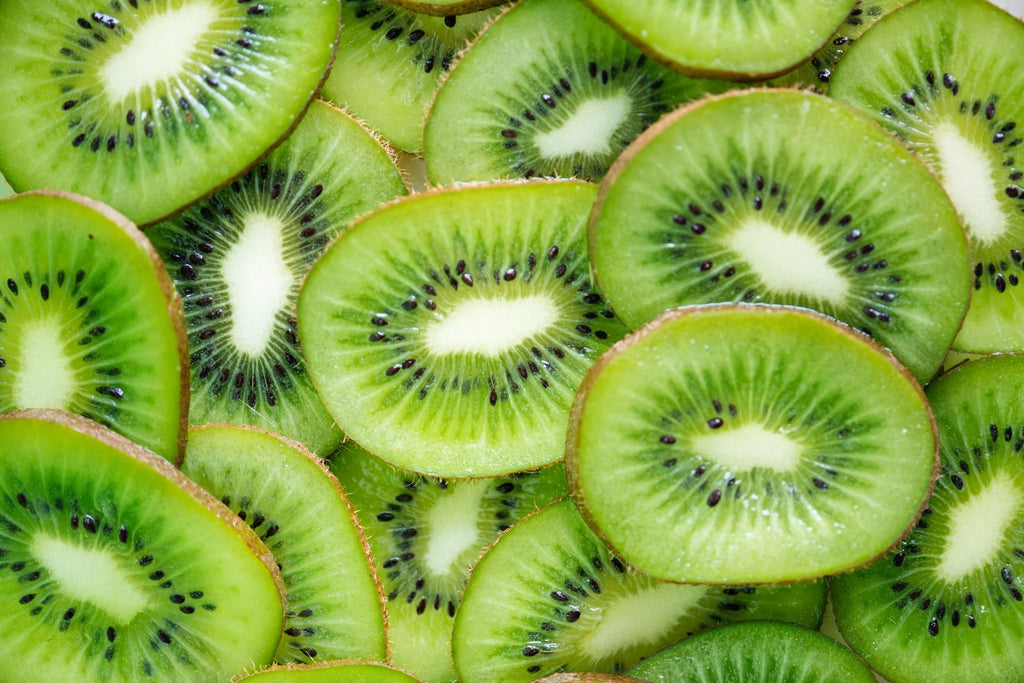
Caring for the kiwi is not difficult at all, watering a lot, suitable soil and a light, wind-protected location are the be-all and end-all. Would you like to grow more fruit and vegetables? In our shop you will find many different items, for example on the subject of growing strawberries.
If you are looking for houseplants, then feel free to visit our shop
.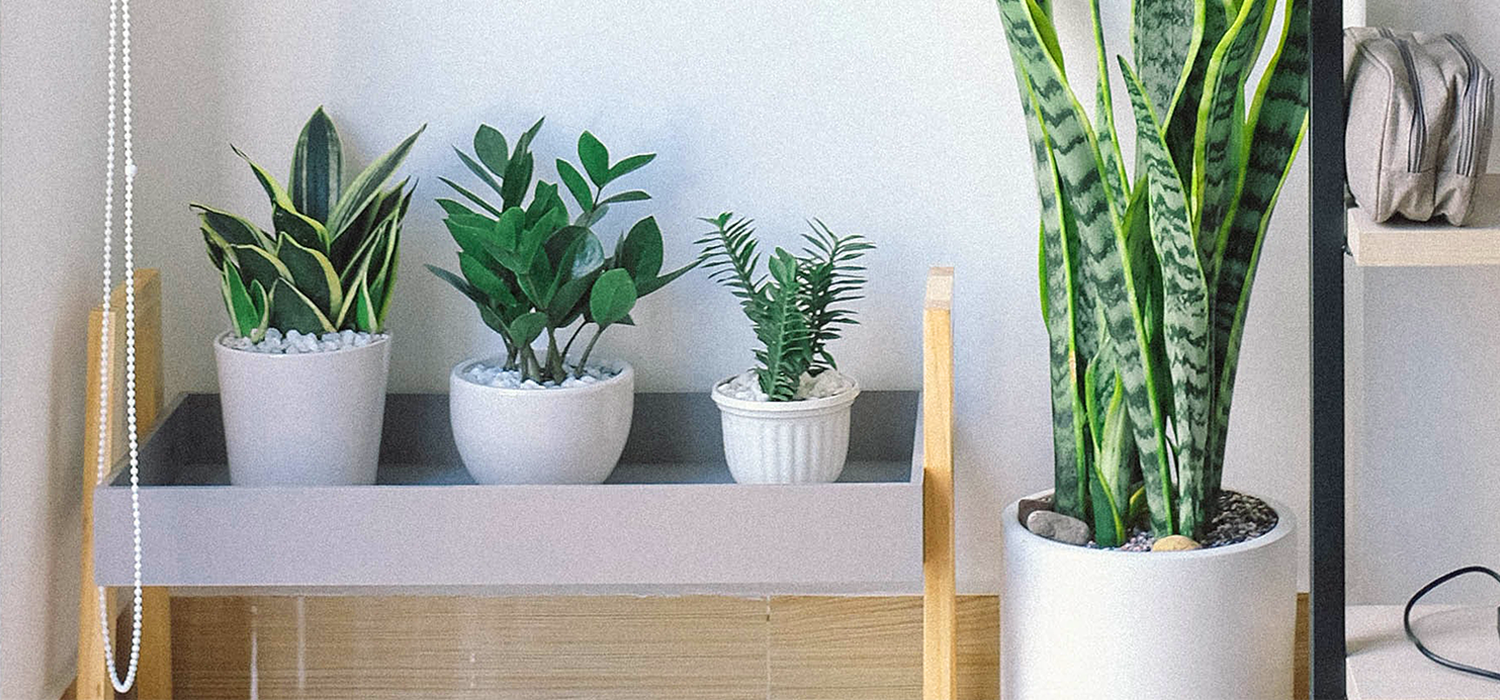
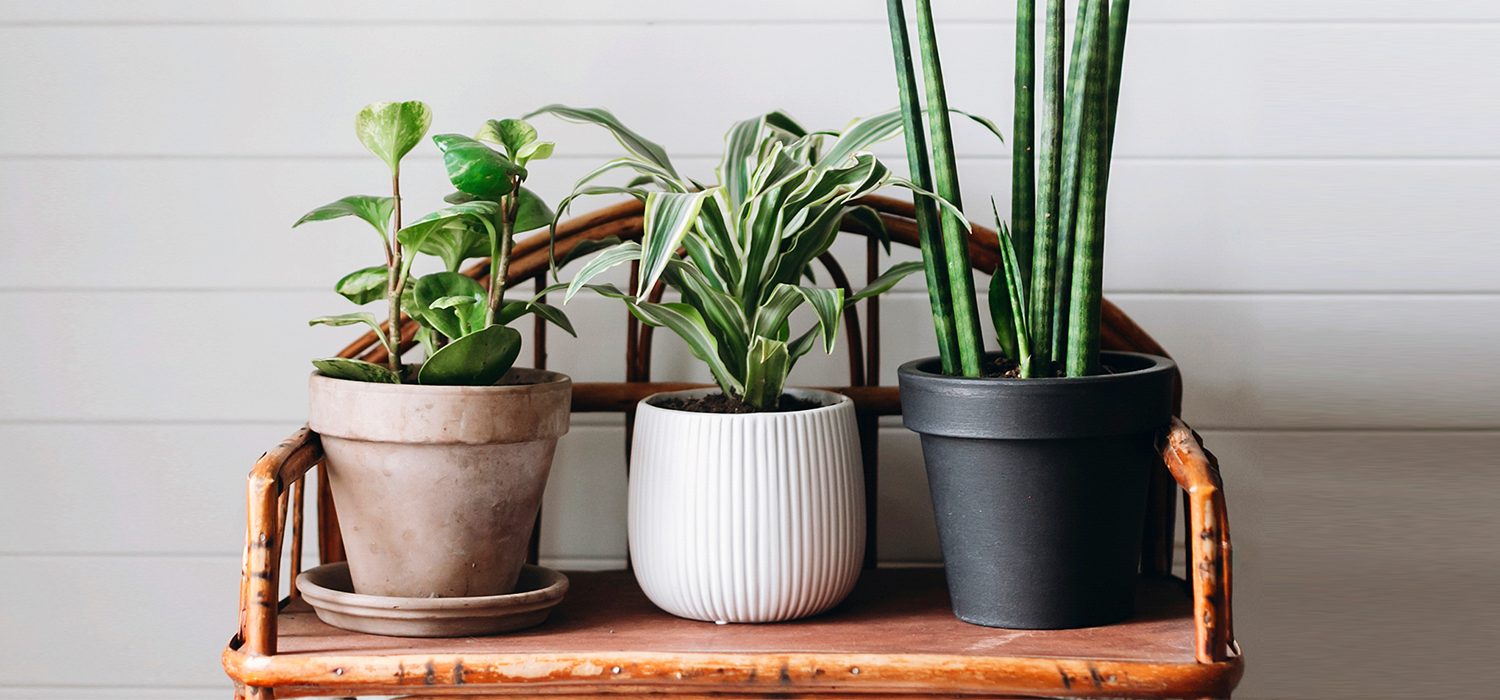

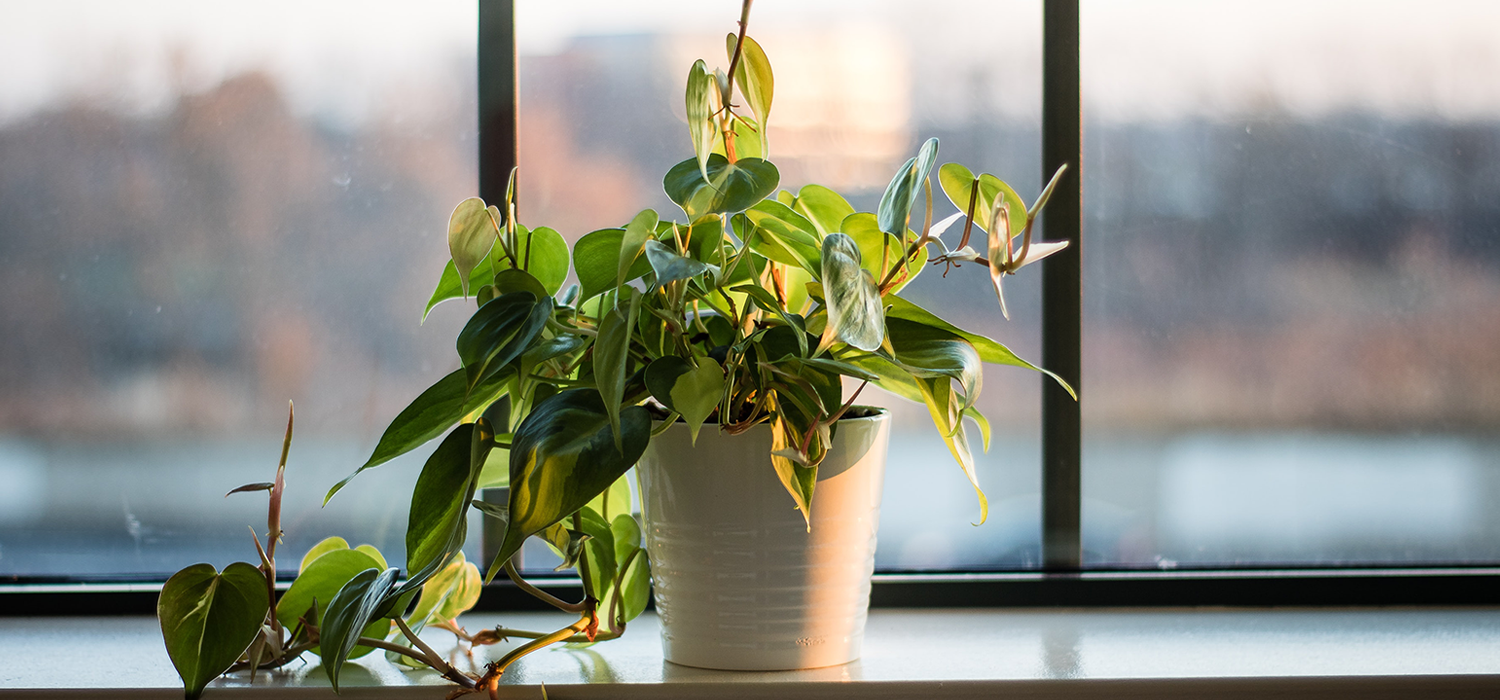
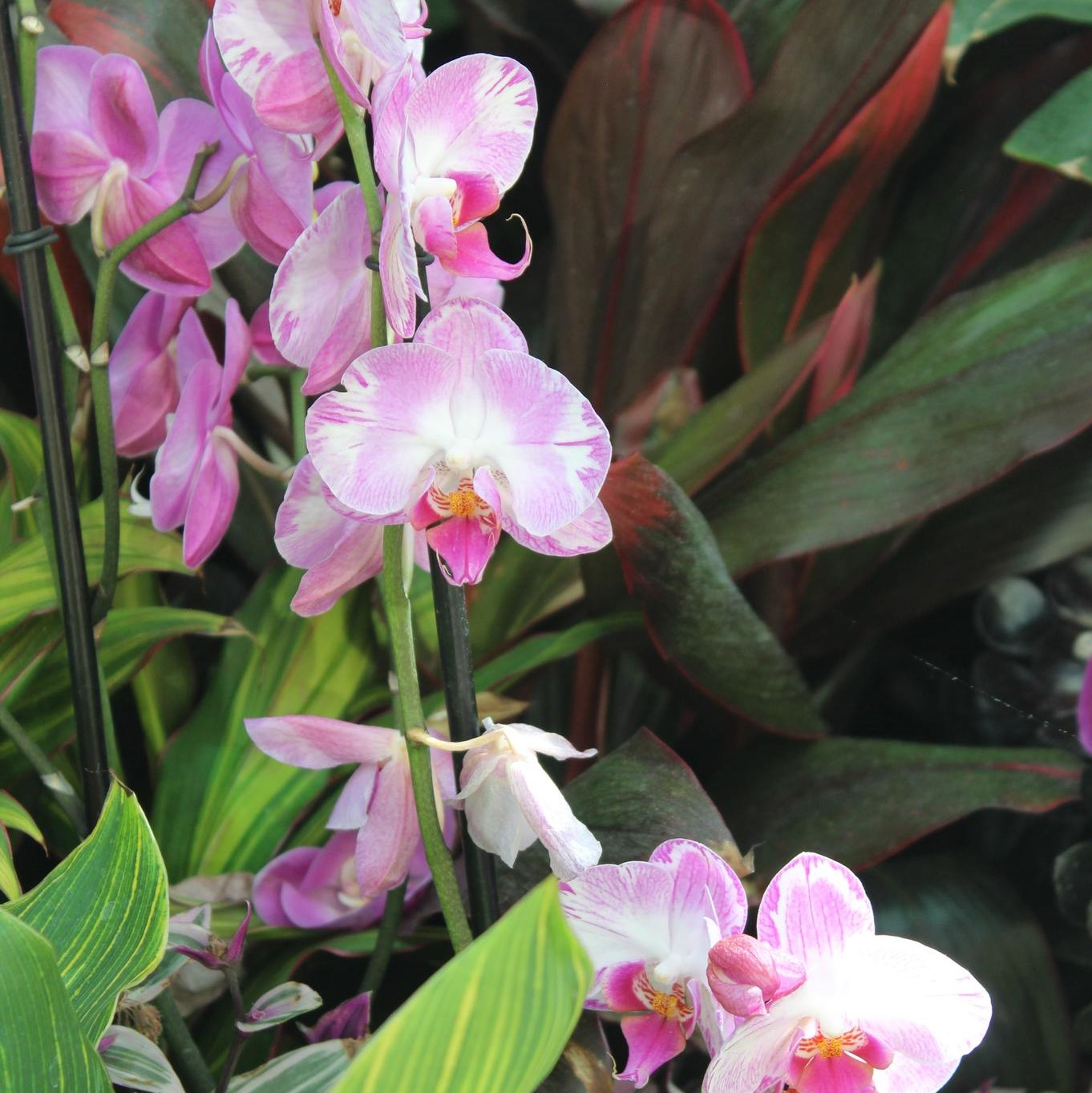
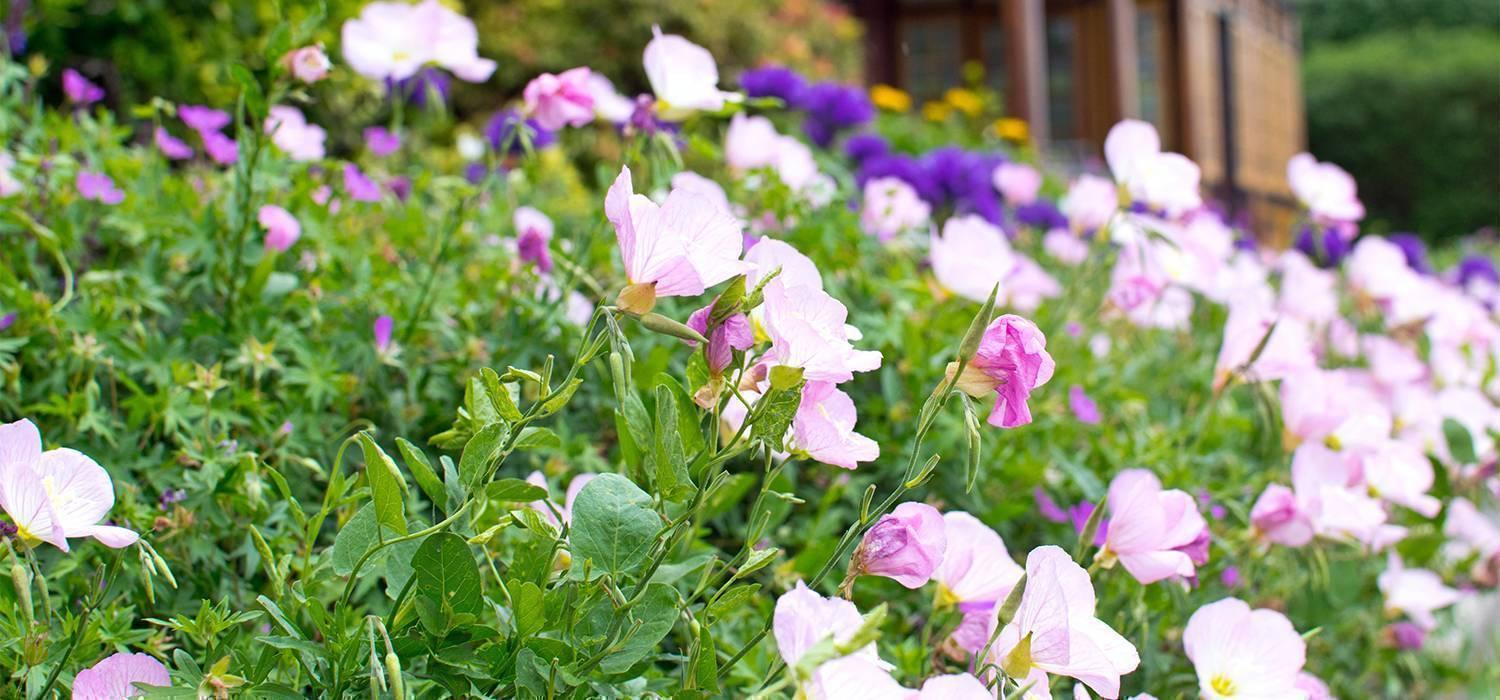
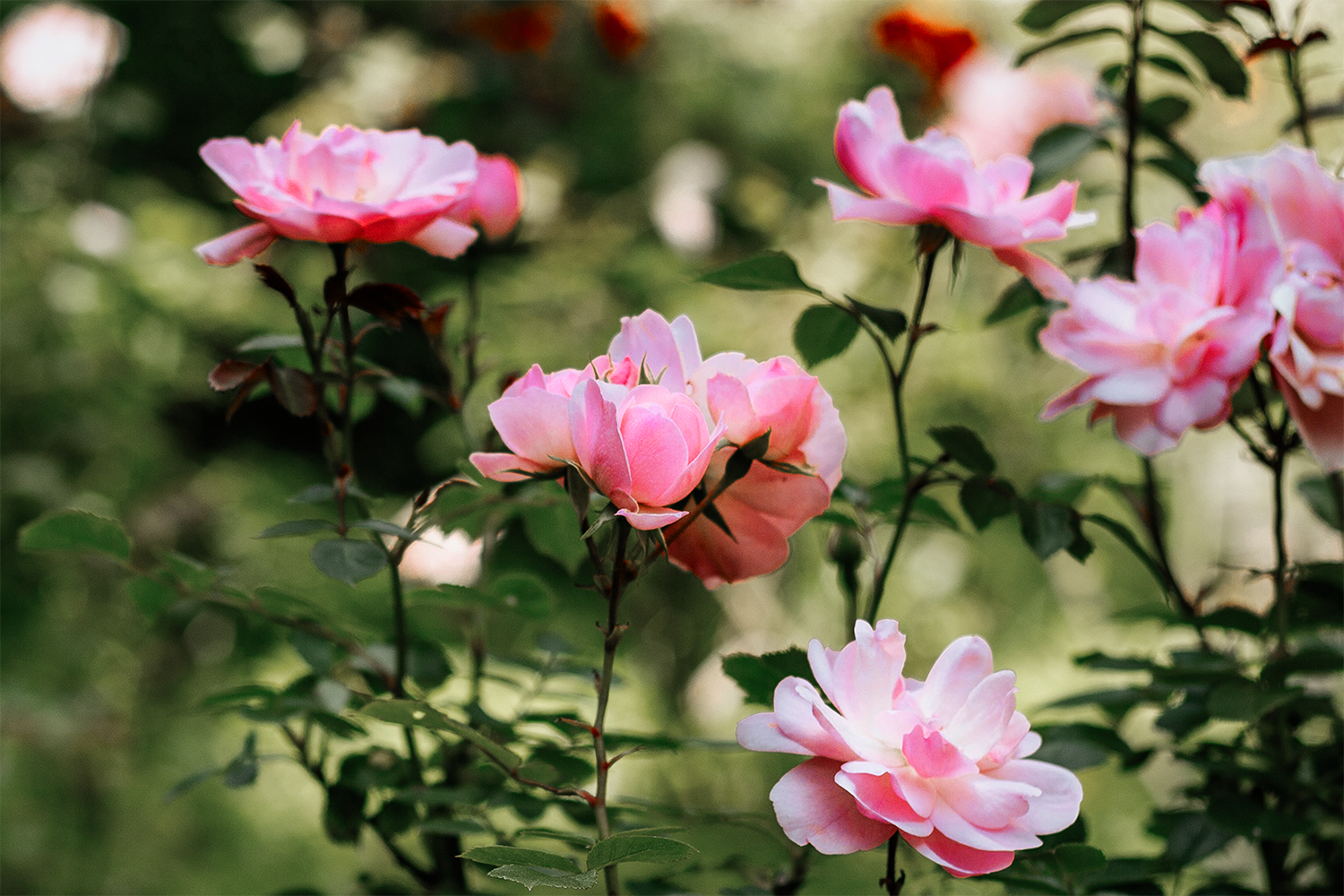
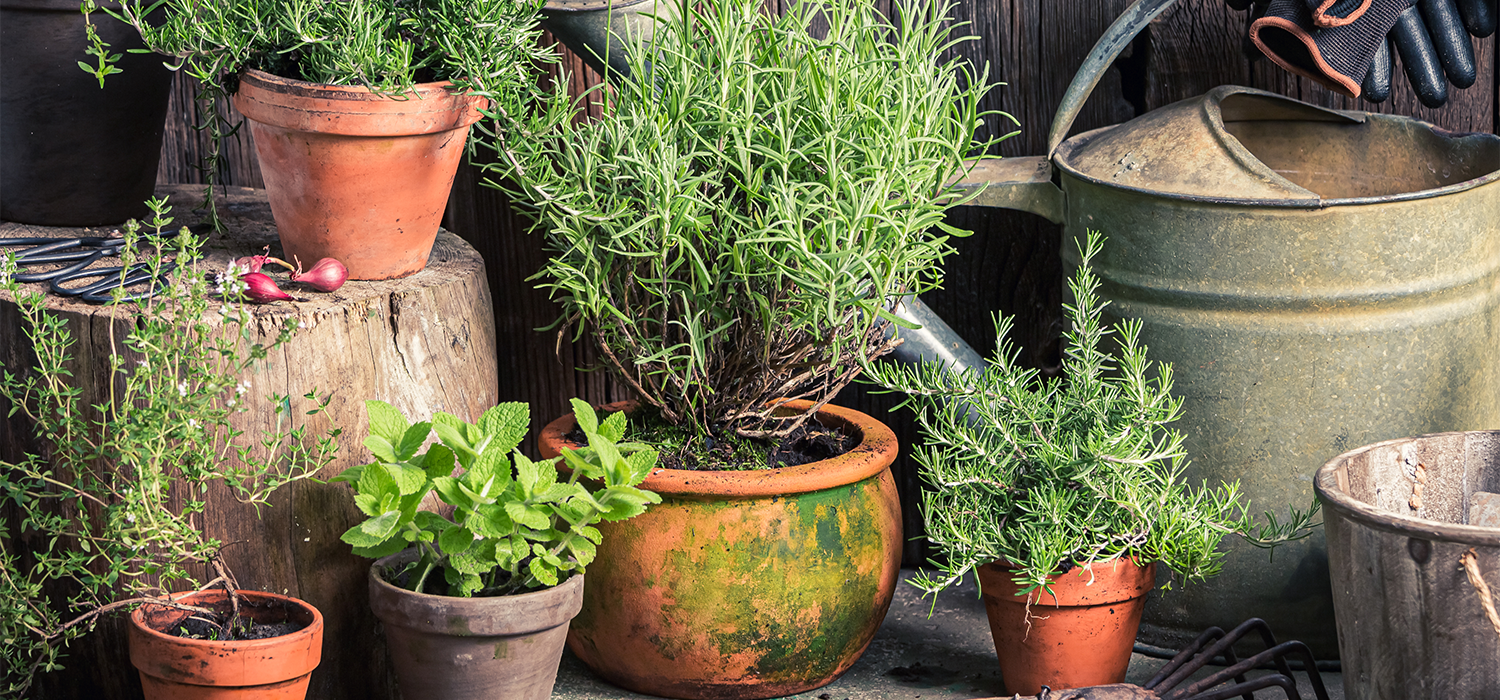
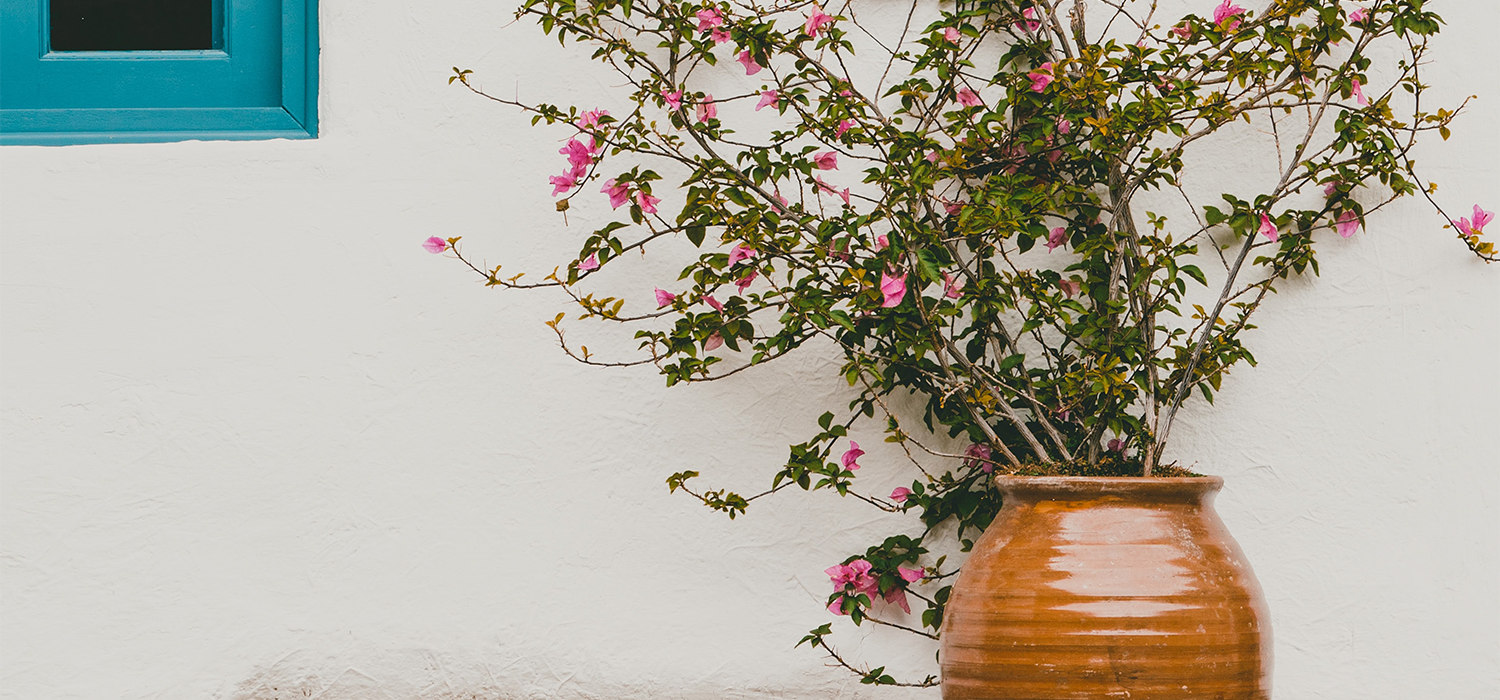

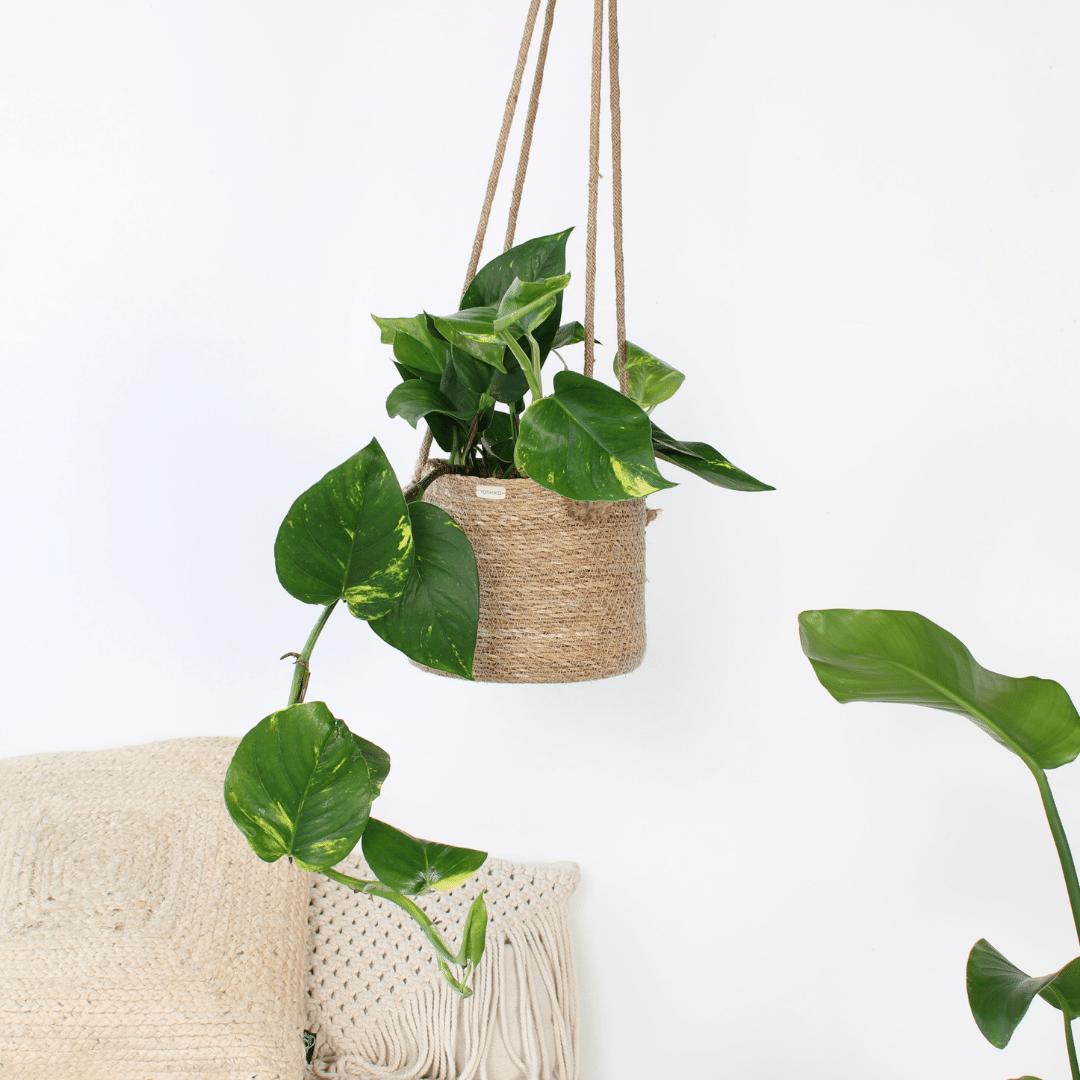
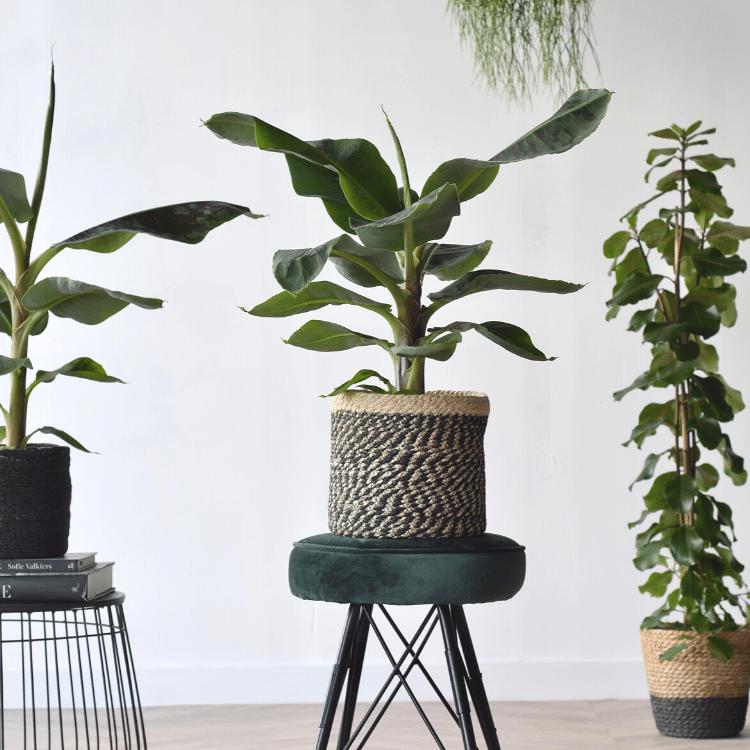
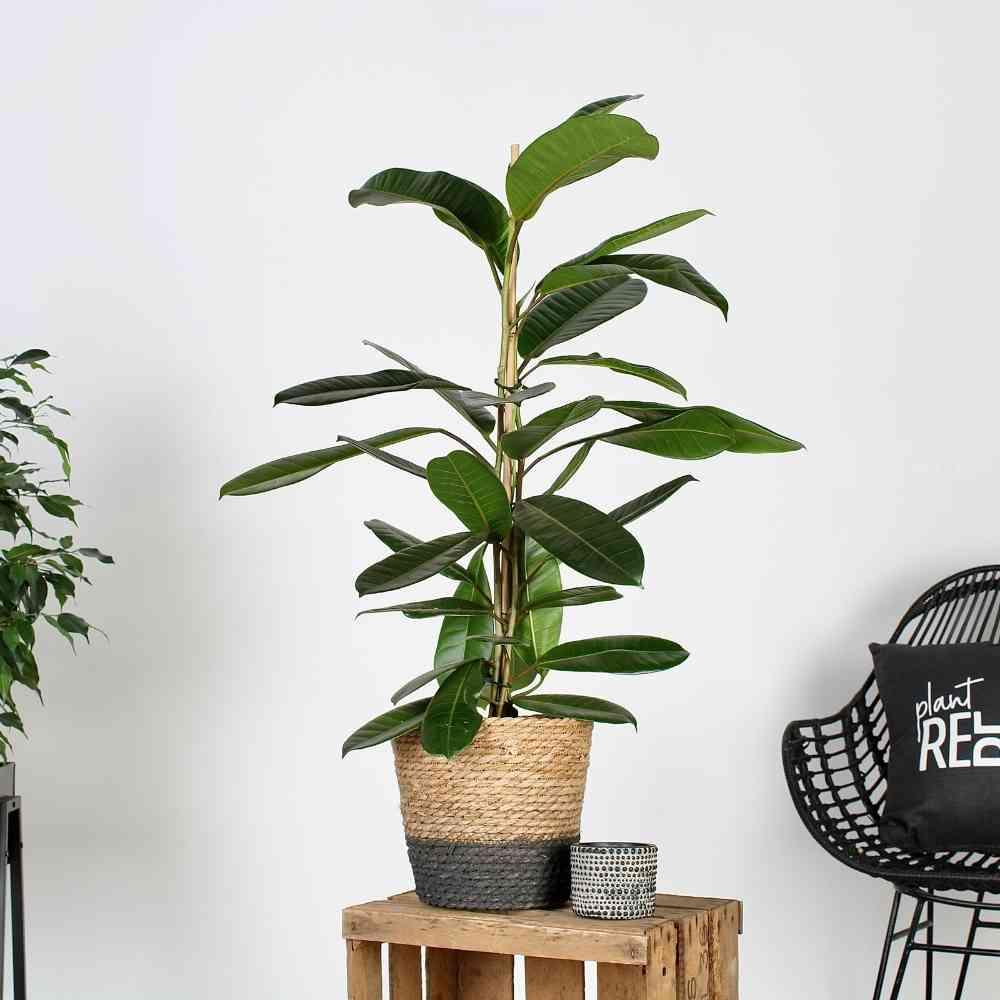
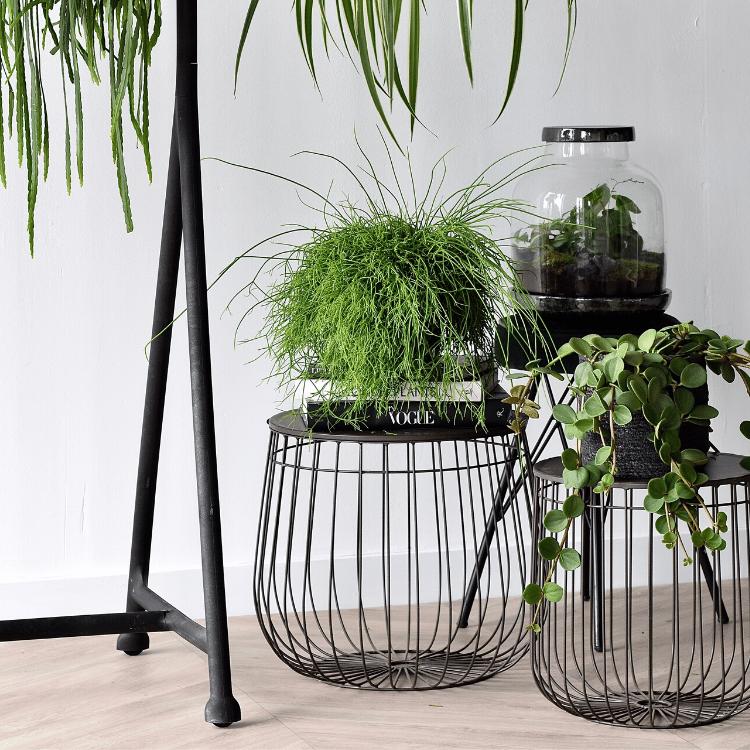
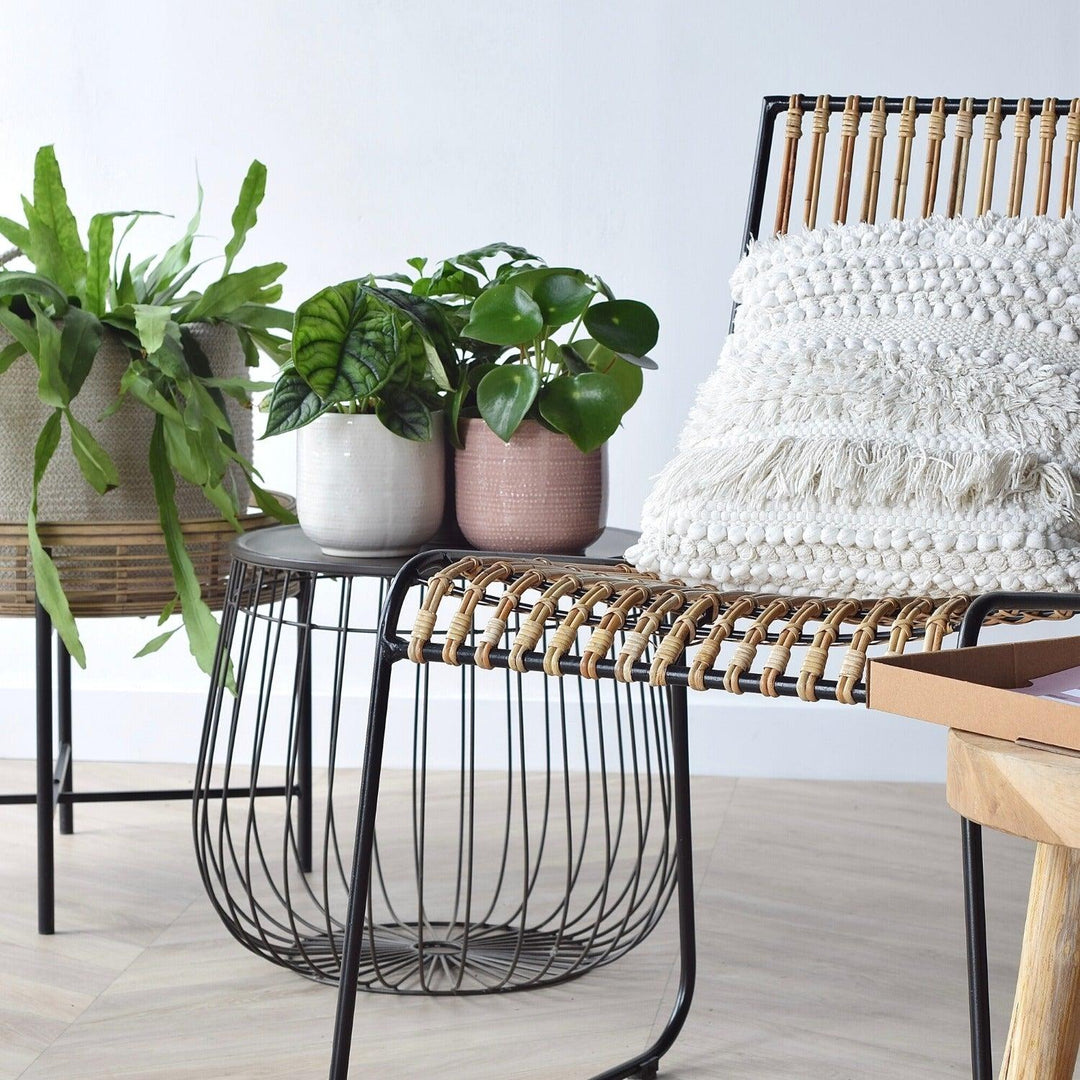
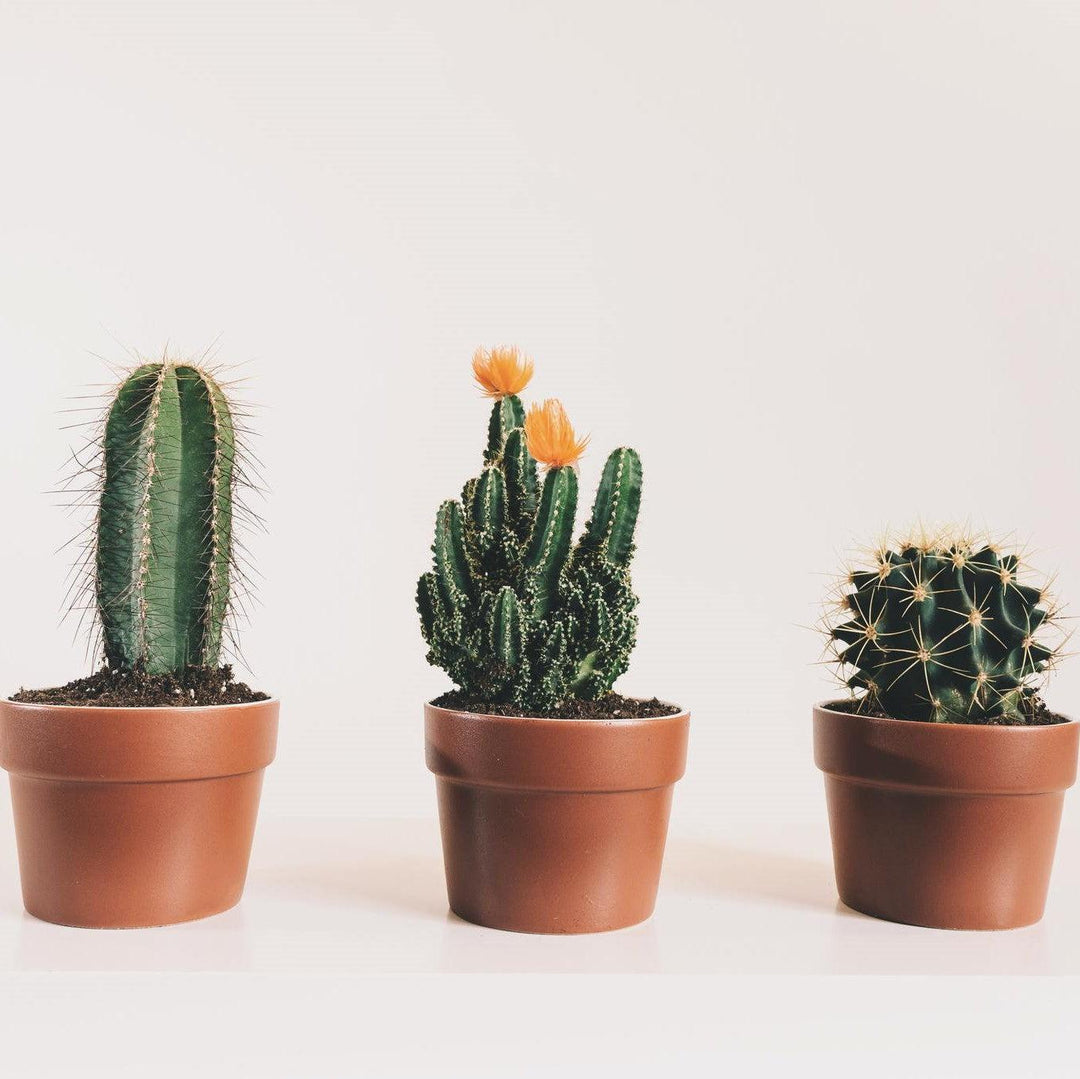
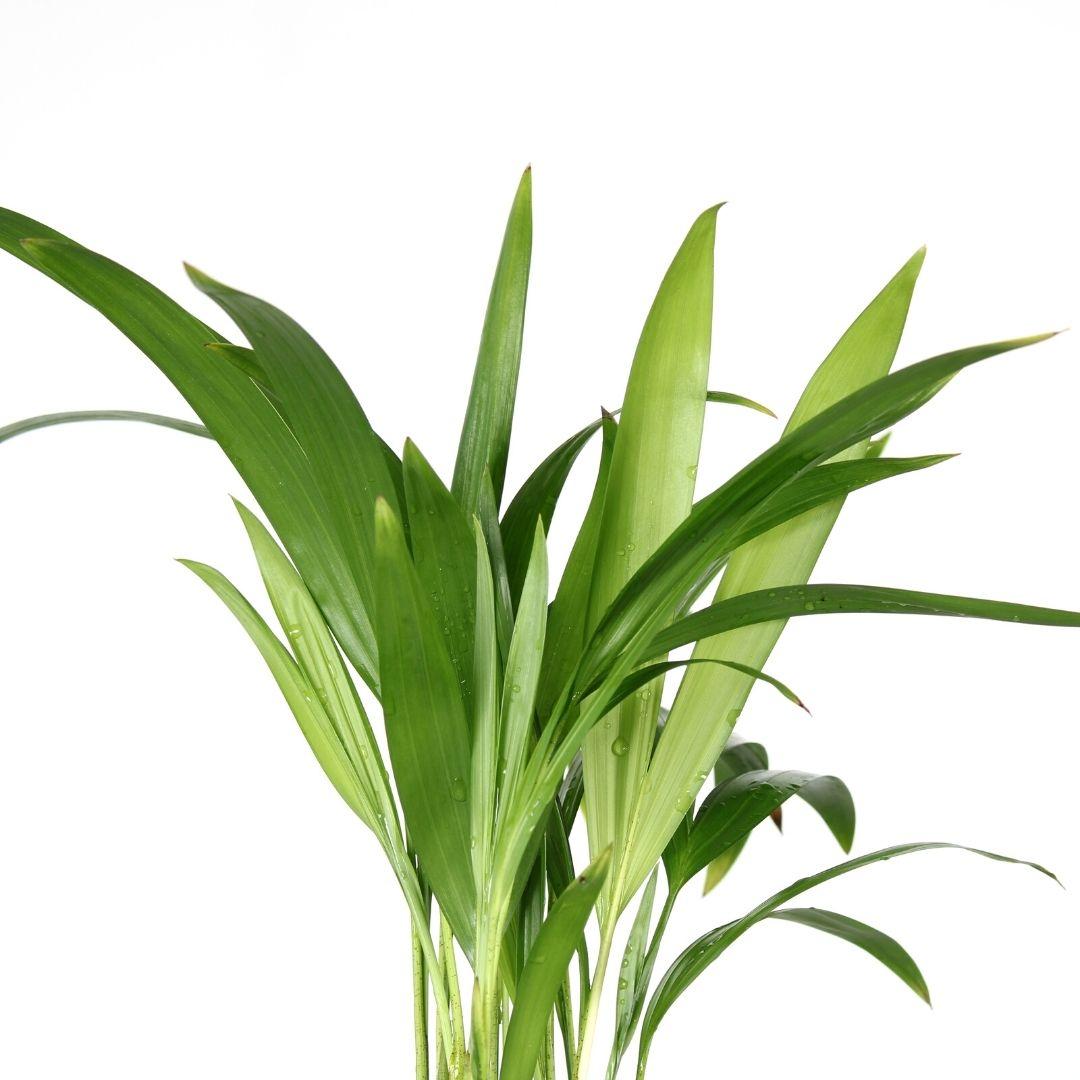
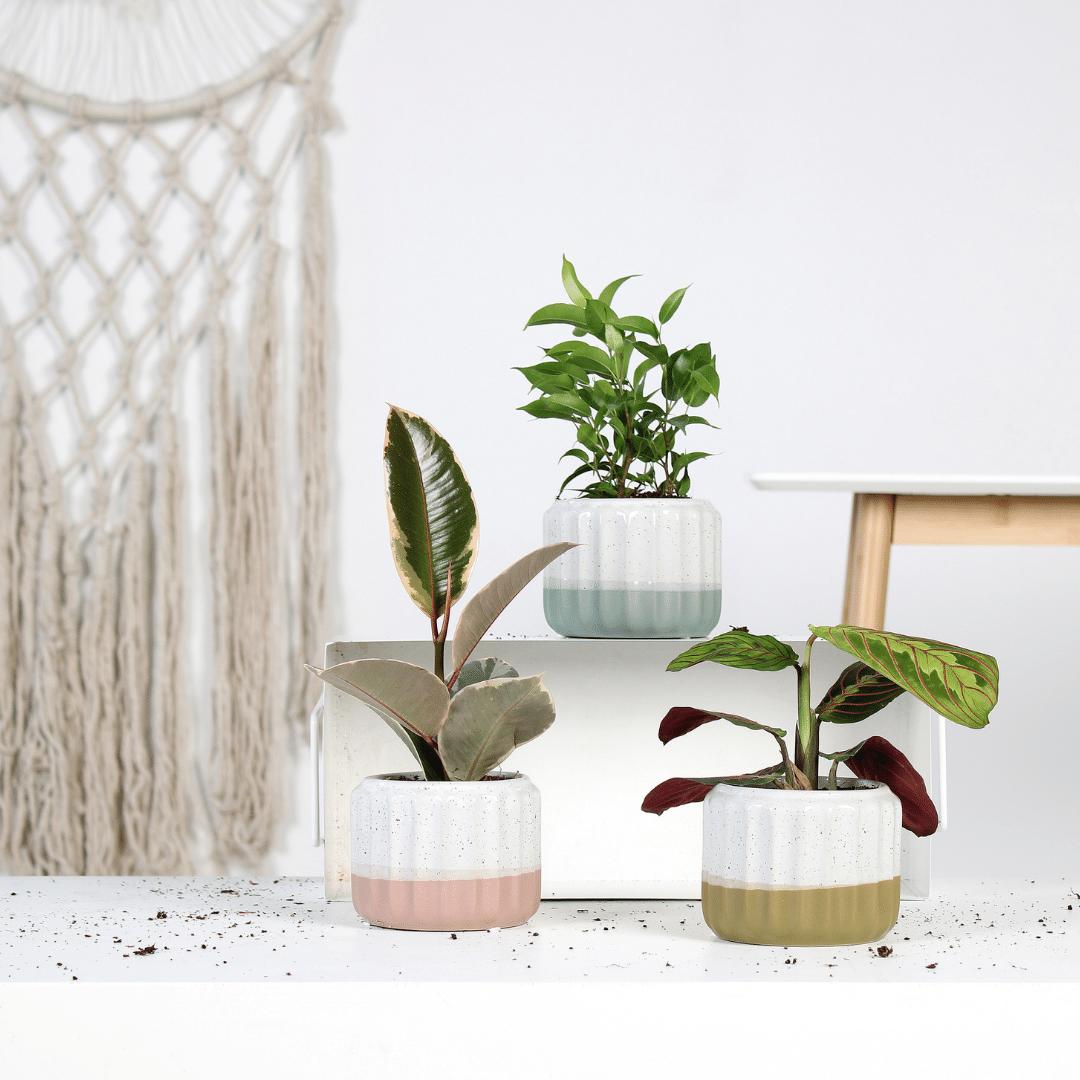
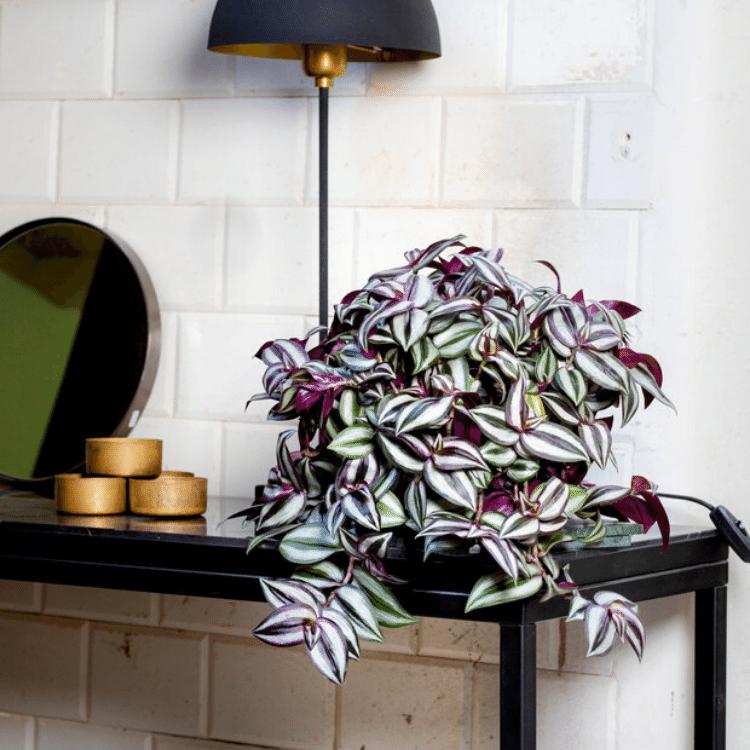
Leave a comment